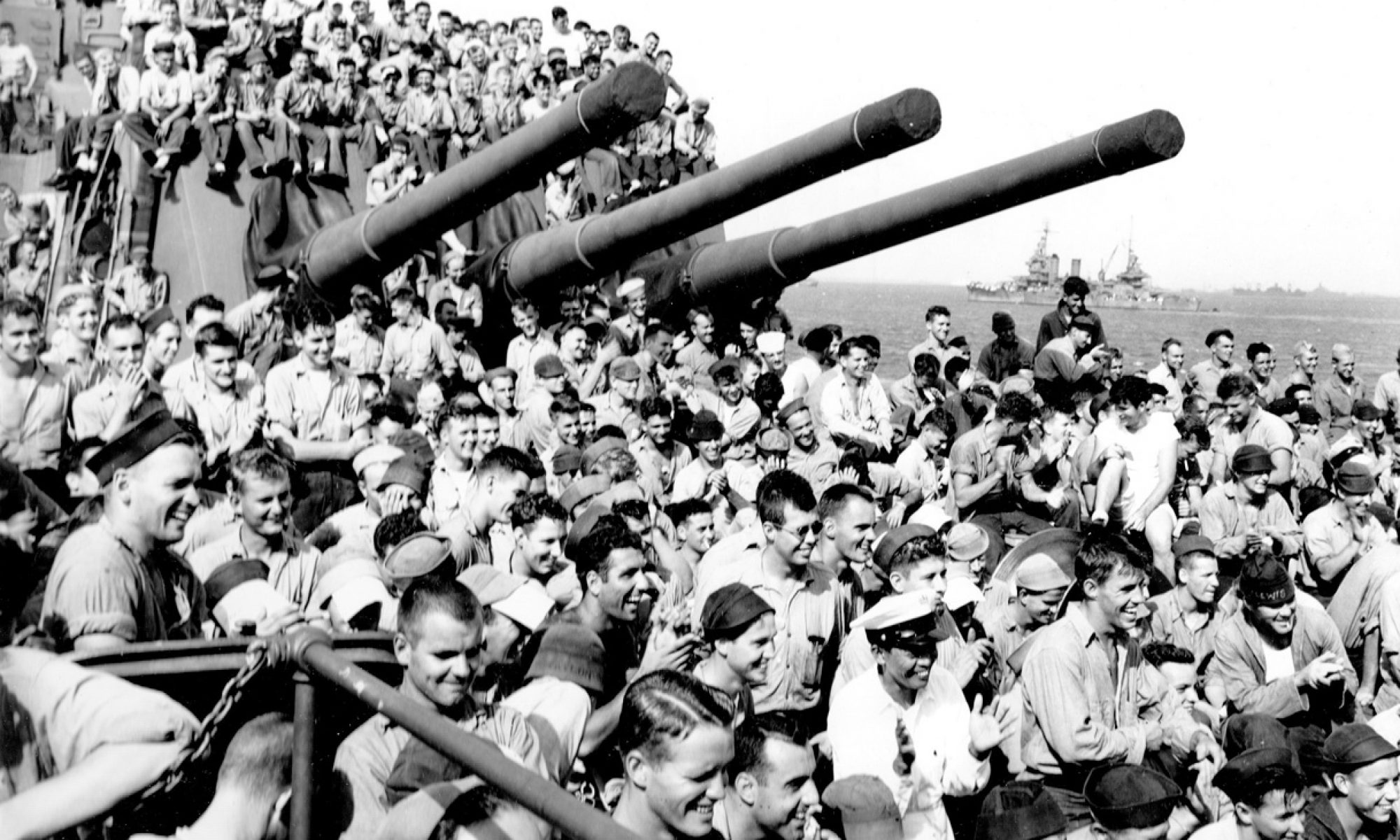10-22-11
Several weeks ago, we got an email from Bob Knight, who, like my father, is a plank owner — a member of the original crew aboard the Boston. Bob asked us if we knew anything about a bell that the crew of the Boston brought back after the War. Naturally, I did not, so I recommended Bob contact Art Hebert at the Shipmates website – they are, afterall, the keepers of the histories of all ships named Boston.
A few weeks later, I got an email from Ms. Lola Heiler-Stillman, who is preparing a lecture on one of the treasures of the “The Emerald Necklace Conservancy” (the Fens in Boston’s Back Bay) — specifically, a monastery bell rescued from Sendai by the crew of the Boston while on Occupation Duty just after the Surrender. Now my curiosity was piqued and at just about the same time both my brother Bill and I googled the bell.
I am now fascinated by this chapter in the history of CA-69. Lola sent me a copy of an article from April 1946 that shows the then-Parks Commissioner standing next to the bell on the Boston Common. (It was later moved to the Fenway.) The article says the 450 pound bell was shipped from San Francisco (for the whopping fee of $42.80) and later presented to the city by Captain Marion Kelly (who captained the ship throughout Occupation Duty).
Ms. Heiler-Stillman continues to research the particulars of how the bell came to Boston. Her lecture is scheduled for March 20012. I wish her good luck in finding helpful information. (I will post further info on this lecture as I get information.)
How about it readers? Anyone know anything about this bell? Anyone’s dad or grandfather talk about this magnificent object? While about two-thirds of her crew had been sent home by early November 1945, at least 400 men were still aboard her in late 1945 when the Boston made her final voyage home from the War in the Pacific. Any bit of information would be helpful to flesh out this fascinating Boston story.
from: www.waymarking.com/waymarks/WM8GZX_Japanese_Temple_Bell_Boston_MA_USA




